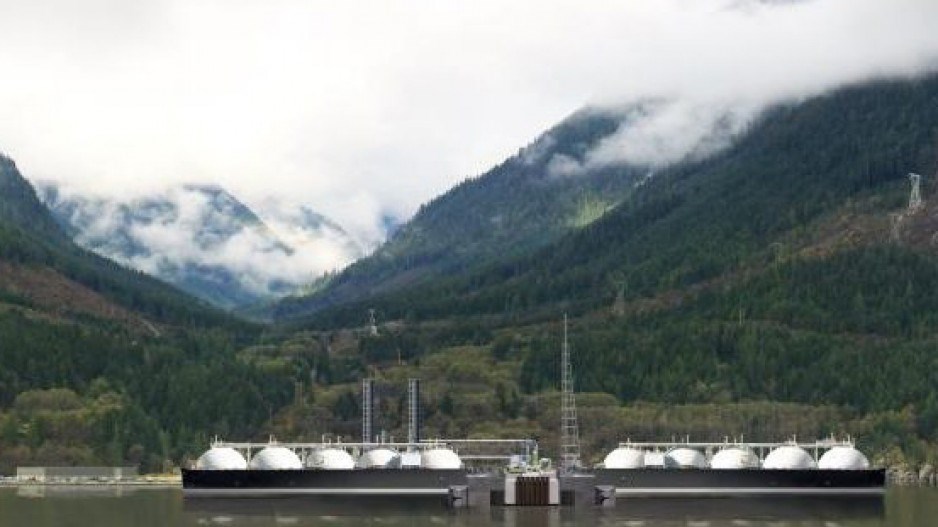The world’s foremost global energy forecaster is projecting long-term growth for Alberta heavy crude of about 0.8% per year over the next 20 years, and significant potential for natural gas exports.
The International Energy Agency (IEA) released its 2019 World Energy Outlook Wednesday, November 13.
It generally notes a major gulf “between expectations of fast, renewables-driven energy transitions and the reality of today’s energy systems in which reliance on fossil fuels remains stubbornly high.”
It also notes that “a three-way race is underway among coal, natural gas and renewables to provide power and heat to Asia’s fast-growing economies.”
It forecasts an increase of 0.6 million barrels per day (mbpd) in Alberta oil sands production, to 3.7 mbpd by 2040 – about 0.8% in compounded annual growth.
“Concerns about the wider social and environmental impacts of production weigh on prospects for major new greenfield developments,” it says.
Under its most optimistic sustainable development scenario – in which all signatories to the Paris Agreement live up to their commitments to reduce emissions – the IEA projects the demand for oil dropping by 50% in developed economies between 2018 and 2040, and 10% in developing economies.
Under the same scenario, the demand for natural gas and LNG grows for one decade, before renewables, hydrogen and biofuels begin to start decreasing global demand for natural gas and LNG.
“Demand for natural gas has been growing fast as a fuel for industry and (in China) for residential consumers, spurring a worldwide wave of investment in new LNG supply and pipeline connections,” the outlook states.
China’s demand for natural gas has already increased a whopping 33% over just two years – 2017 and 2018.
"It is underpinning major investments in new liquefaction capacity despite low gas prices in both Europe and Asia," the outlook states.
“In our projections, 70% of the increase in Asia’s gas use comes from imports – largely from LNG – but the competitiveness of this gas in price-sensitive markets remains a key uncertainty. By 2040, China imports almost twice as much LNG as the next largest importing country, India, and the share of gas in China’s energy mix rises from 7% today to 13% by 2040.”
The IEA also notes that a new International Maritime Organization cap on sulphur emissions could also boost the demand for LNG in shipping, though it warns that the window of opportunity to make that switch is “relatively narrow and clouded by uncertainty about the lifecycle emissions intensity of LNG.”
The IEA notes that while even conventionally produced LNG has the potential to reduce emissions in Asia, if it displaces coal power, that potential increases with electrification and reduction in methane leakage.
“A key way to reduce indirect emissions arising along the LNG supply chain (apart from efforts to minimize methane leaks, which are very important, but not specific to LNG) is to electrify the liquefaction process using low-carbon electricity.
“This would eliminate nearly all of the emissions associated with liquefaction, and lead to a 40% average reduction in greenhouse gas (GHG) emissions from coal-to-gas switching for the production of heat, compared with a 30% reduction if these mitigation strategies were not in place.”
It notes that Woodfibre LNG in B.C. is one of two new LNG facilities being built in the world that will use electric drive. It also cites LNG Canada, although that project is not using electric drive, at least not for its first two trains, although it is using hydro power for auxiliary purposes, which helps to reduce its emissions intensity.
Whether LNG Canada decides to use electric drive for two additional trains that are part of a second phase remains to be seen.
“Essentially it’s saying that producing lower carbon LNG through hydro electricity – or lower emission liquefaction – can produce a 40% reduction compared to a 30% reduction for traditional liquefaction,” said Bryan Cox, CEO of the BC LNG Alliance.
Despite what some environmentalists have said about natural gas being as bad as – or even worse – than coal, due to fugitive methane emissions, the IEA says a life cycle analysis shows that, in 2018, “natural gas resulted in 33% fewer carbon dioxide (CO2) emissions on average than coal per unit of heat used in the industry and buildings sectors, and 50% fewer emissions than coal per unit of electricity generated.
“Coal-to-gas switching can therefore provide ‘quick wins’ for global emissions reductions. Theoretically, up to 1.2 gigatonnes (Gt) of CO2 could be avoided using existing infrastructure in the power sector. Doing so would bring down global power sector emissions by nearly 10%.”
The outlook projects Canadian natural gas production to grow at a compound annual rate of about 0.6% per year until 2040, which is half the growth rate projected for the U.S. – 1.2%. It’s not clear how much of that growth would be driven by LNG production.




